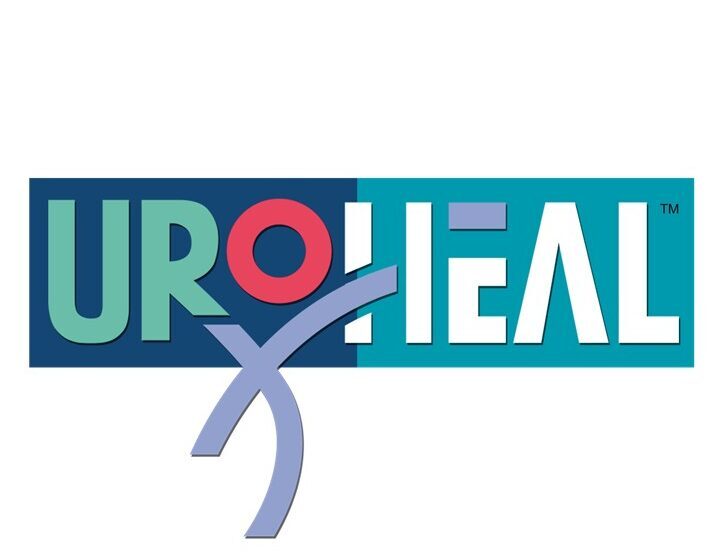Working time: Mon – Fri: 09:30AM – 5:00PM | Sat: 09:30AM – 1:00PM:
Why Prostate Physical Therapy in the Form of Low-Intensity Shockwave Therapy Should Be Considered as the First-Line Treatment
Chronic prostatitis/chronic pelvic pain syndrome (CP/CPPS) is a common condition that affects many men. It is characterized by long-term pelvic pain and lower urinary tract symptoms without evidence of a bacterial infection. The majority of chronic prostatitis patients actually have non-bacterial prostatitis, which means that treating these patients with long-term antibiotics can be harmful in the long term. Not only can it lead to the development of antibiotic resistance, but it can also destroy the natural bacterial flora.
Low-intensity shockwave therapy (LiST) has been found to be beneficial for treating patients with CP/CPPS. A study found that LiST was safe and effective for CP/CPPS, considerably improving pain and quality of life. The study also found that LiST was easy and safe to perform without anesthesia or any side-effects.
LiST works by delivering shockwaves to the affected area, which can help to improve blood flow and reduce inflammation. This can help to alleviate pain and improve overall quality of life for patients with CP/CPPS.
Given the potential benefits of LiST and the potential harm associated with long-term antibiotic use, it is important for healthcare providers to consider LiST as a first line treatment for patients with CP/CPPS. Not only can it provide relief for patients, but it can also help to reduce the risk of antibiotic resistance and other potential long-term harm associated with antibiotic use.
In conclusion, prostate physical therapy in the form of low-intensity shockwave therapy should be considered as the first line treatment for patients with CP/CPPS. It is a safe and effective treatment option that can provide relief for patients while reducing the risk of potential harm associated with long-term antibiotic use.
References: 1: Mykoniatis I., Kalyvianakis D., Zilotis F., Kapoteli P., Fournaraki A., Poulios E., & Hatzichristou D. (2021). Evaluation of a low-intensity shockwave therapy for chronic prostatitis type IIIb/chronic pelvic pain syndrome: a double-blind randomized sham-controlled clinical trial. Prostate Cancer and Prostatic Diseases 24 , 370–379. 2: Zhang R., Chomistek A.K., Dimitrakoff J.D., Giovannucci E.L., Willett W.C., Rosner B.A., & Wu K. (2016). Physical activity and chronic prostatitis/chronic pelvic pain syndrome. Medicine & Science in Sports & Exercise 48(4), 581-589. 3: Magistro G., Wagenlehner F.M.E., Grabe M., Weidner W., Stief C.G., & Nickel J.C. (2016). Contemporary management of chronic prostatitis/chronic pelvic pain syndrome. European Urology 69(2), 286-297.
